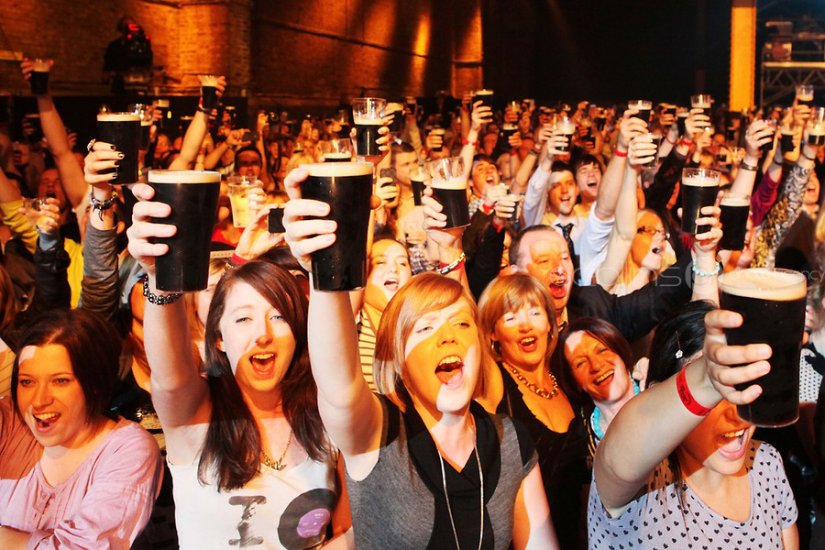There is Still Money in the Music Industry
It wasn’t just all the little hearts that were fluttering when the boys rolled into town at the weekend. The cash registers were singing too!! One Direction, or 1D as they have been branded, are not just the most popular boy band in the world, they are also a veritable money making machine as well. And in their short career, they have demonstrated that despite all the technological disruption undermining margins in the music industry, there are still some serious returns to be made for innovative outfits.

One Direction was formed in 2010. Initially each of the five members of the group had auditioned as solo performers for the successful British reality TV series, X Factor. They failed to progress but were put together as a boy band and signed to Simon Cowell’s Syco record label on a recording contract reputed to be worth £2 million. Concert Tours and studio albums quickly followed. But it was their use of social media that really helped to propel them to global stardom. Both the band as a whole and the individual members exploit the power of channels like Facebook, Twitter and Instagram. The boys have received coaching on how to respond to messages in order to appear close and accessible as opposed to distant from fans. Interaction is high, with band members asking for suggestions about what to wear or where their next photo shoot should be. Loyal fans are given access to exclusive content. While traditionally, bands have had to rely on radio play to build a following, 1D were the first group to build a global audience largely via social media.
And the money is pouring in. About 50 per cent of their revenues are generated from concert tours. Tickets for their shows normally sell out in minutes and it is estimated that concert sales have grossed the band close to US$500 million. With their singles and albums rocketing to number one in the charts around the globe, the group is estimated to have sold in the region of 30 million albums worth a further US$300 million in revenues. Other income streams include movie ticket sales (US$150 million) and DVD sales (US$15 million). Even their wide range of merchandising products including everything from backpacks to pillows to pajamas is estimated to be a business worth US$68 million in its own right. In short, it is estimated that 1D have earned close to US$1 billion. Not bad for four years work and a £2 million investment!






 John Fahy
John Fahy